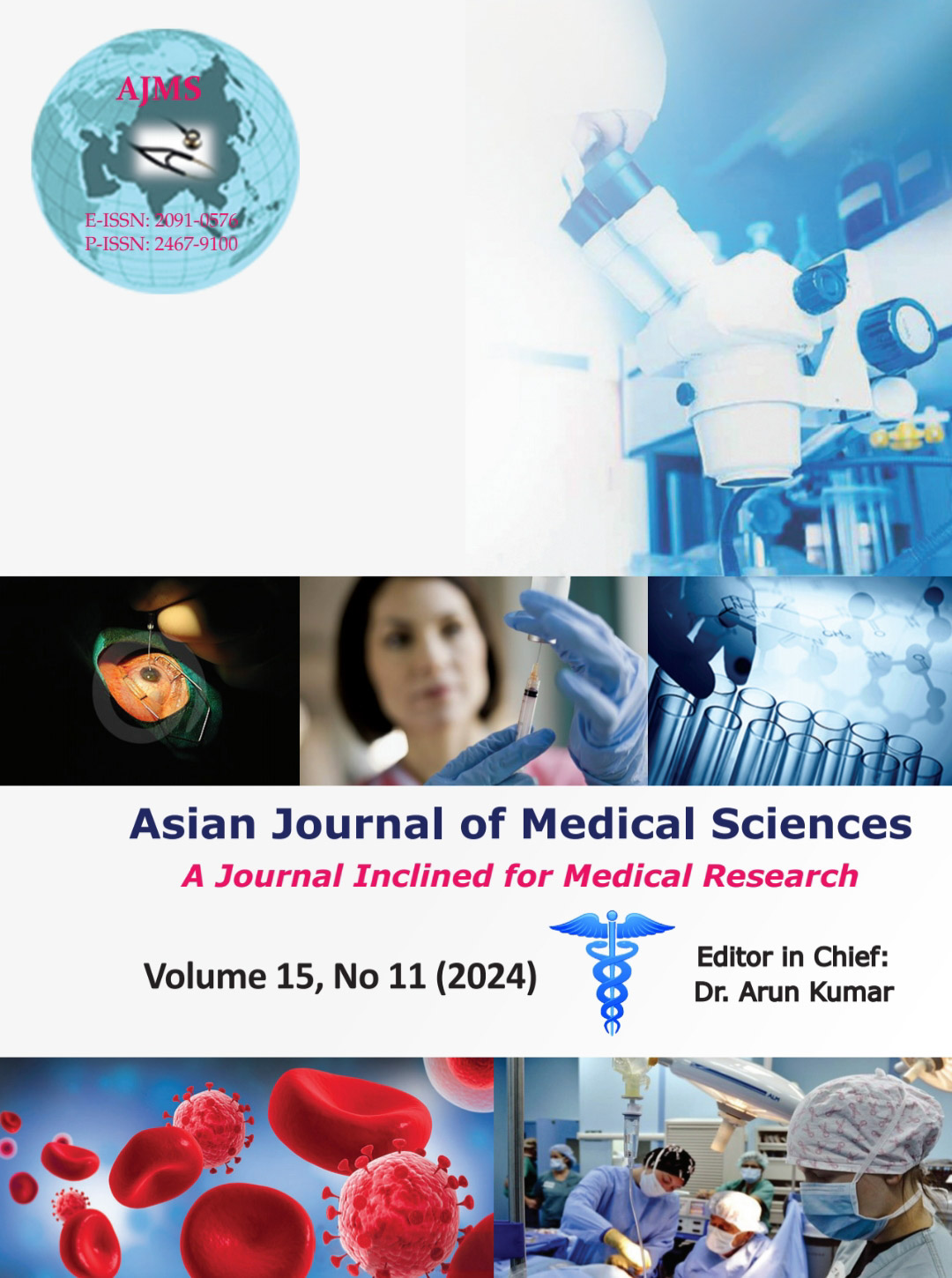Melatonin versus gabapentin as premedication for anxiolysis and attenuation of hemodynamic response to laryngoscopy and intubation in general anesthesia
Keywords:
Anxiolytics; Melatonin; Gabapentin; General anesthesia; Perioperative painAbstract
Background: Perioperative anxiety adversely affects mental and physical well-being and it is associated with increased pain, stressor responses with general anesthesia (GA), and nausea-vomiting leading to delayed recovery. Recent studies have proven melatonin and gabapentin provide sedation, anxiolysis, and reduced pressure responses.
Aims and Objectives: This study aimed to compare melatonin and gabapentin as premedication for anxiolysis and attenuation of hemodynamic response to GA. Post-operative pain and sedation were also compared.
Materials and Methods: A total of 99 subjects (n=33 in each group) between 18 and 60 year of age, ASA I/II scheduled for elective abdominal surgeries of < 3h under GA were included in the study. Patients in Group A were administered melatonin (10 mg×2 tab.), those in Group B were administered gabapentin (400 mg×2 tabs), and those in control Group C were treated with Vitamin C (500 mg×2) before 2 h of surgery. At 0 min, 30 min, and 60 min assessments of anxiety, sedation, cognition, psychomotor function, and orientation were done.
Results: There were significantly low anxiety scores in Groups M and G compared to Group C at 60 min and 90 min (P=0.0000). Sedation score was significantly less in Group C patients compared to Group M and G at 30 min (P=0.0008), 60 min, and 90 min (P=0.0000) intervals. Heart rate and mean arterial pressure were increased in Group C patients as compared to Groups M and G.
Conclusion: This study showed that melatonin had more anxiolytic and less sedative action, so also cognitive functions and orientation were well preserved in melatonin-treated subjects than in gabapentin. Hemodynamic responses were comparable in melatonin- and gabapentin-treated patients.
Downloads
Downloads
Published
How to Cite
Issue
Section
License
Copyright (c) 2024 Asian Journal of Medical Sciences

This work is licensed under a Creative Commons Attribution-NonCommercial 4.0 International License.
Authors who publish with this journal agree to the following terms:
- The journal holds copyright and publishes the work under a Creative Commons CC-BY-NC license that permits use, distribution and reprduction in any medium, provided the original work is properly cited and is not used for commercial purposes. The journal should be recognised as the original publisher of this work.
- Authors are able to enter into separate, additional contractual arrangements for the non-exclusive distribution of the journal's published version of the work (e.g., post it to an institutional repository or publish it in a book), with an acknowledgement of its initial publication in this journal.
- Authors are permitted and encouraged to post their work online (e.g., in institutional repositories or on their website) prior to and during the submission process, as it can lead to productive exchanges, as well as earlier and greater citation of published work (See The Effect of Open Access).




